Major life transitions—whether career shifts, relationship endings, or identity evolutions—require mental space to process their significance. The environments we choose during these pivotal moments can profoundly affect our ability to integrate experiences and envision new possibilities. Finding temporary sanctuary from daily demands becomes essential after significant changes.
Here is a list of 19 destinations specifically suited for the quiet contemplation needed when processing major life transitions and seeking clarity about the path forward.
Monastery Guest Houses
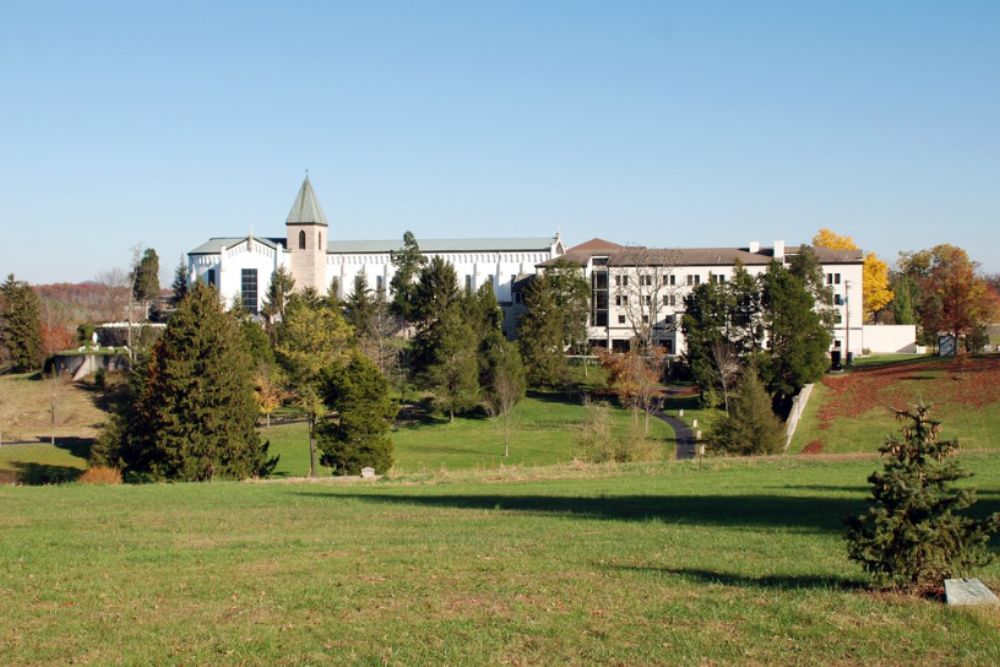
Traditional religious communities like Kentucky’s Abbey of Gethsemani or California’s New Camaldoli Hermitage welcome secular visitors seeking contemplative environments without requiring religious participation. These locations combine simple accommodations with structured daily rhythms that remove decision fatigue during vulnerable periods.
The centuries-old traditions of these communities provide perspective on temporary personal disruptions within larger patterns of human experience. Eliminating technological distractions allows for a clearer mental space.
Forest Fire Lookouts
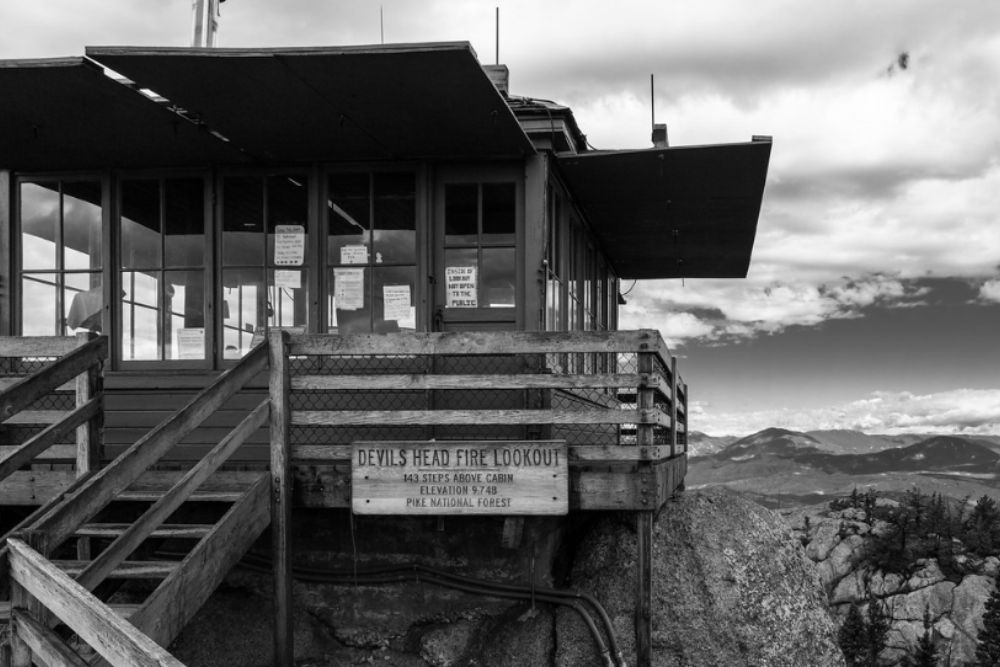
Decommissioned fire observation towers available through forest service rental programs provide elevated isolation with panoramic views that naturally expand perspective. Reaching these remote structures—often requiring miles of hiking with supplies—creates physical distance matching psychological separation needs.
The sparse accommodations focus attention on essential experiences rather than distractions, while dramatic weather events viewed from a secure shelter create natural metaphors for life transitions. Some towers, including those in Montana’s Helena National Forest, require reservations but deliver unparalleled solitude.
Like Travel Pug’s content? Follow us on MSN.
Japanese Garden Tea Houses
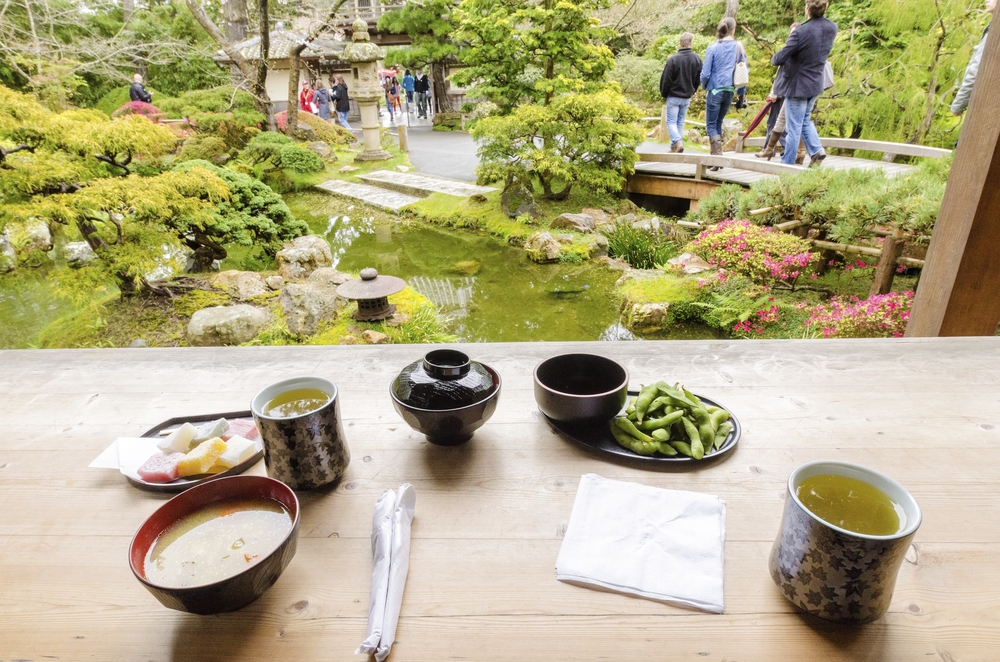
Traditional tea houses within Japanese gardens like Portland Japanese Garden or San Francisco’s Japanese Tea Garden create environments specifically designed for contemplative awareness. These structures combine aesthetic refinement with cultural practices emphasizing presence and simplicity during transitional moments.
The surrounding gardens—with carefully placed stones, water features, and seasonal plants—provide visual metaphors for life’s inherent impermanence. Early morning visits before crowds arrive allow for extended quiet contemplation in these meticulously maintained settings.
Coastal Lighthouses
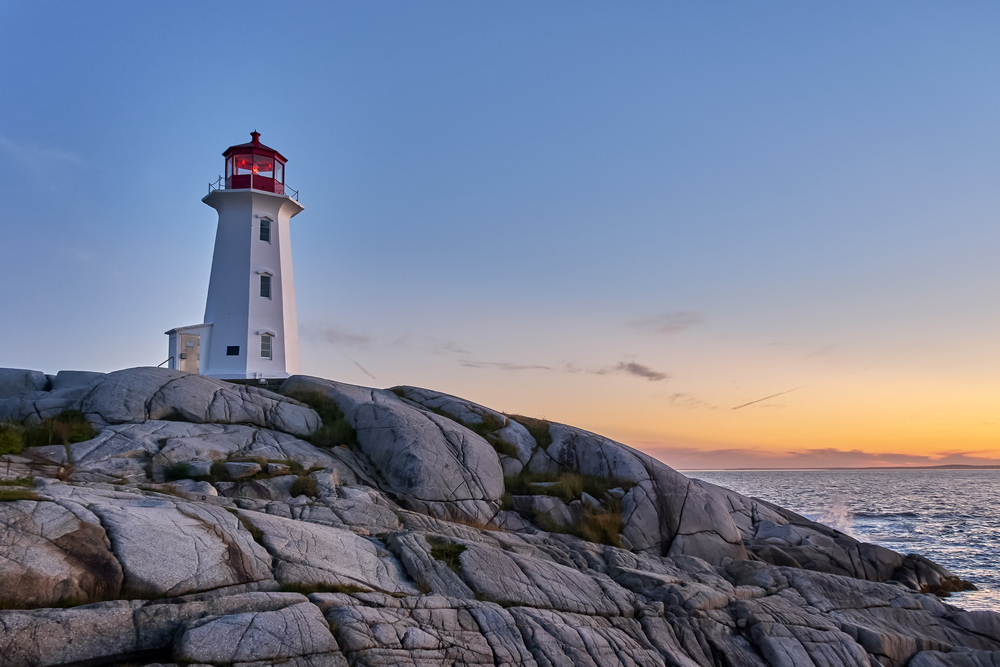
Decommissioned lighthouses offering overnight accommodations, like Oregon’s Heceta Head or Maine’s Little River Lighthouse, provide environments where isolation meets oceanic expansiveness. These structures positioned between land and sea create natural liminal spaces mirroring life transitions.
The rhythmic sounds of waves and foghorns provide auditory backgrounds conducive to deep reflection. The historical purpose of these buildings—guiding safe passage through dangerous transitions—creates resonant symbolism for personal navigation through difficult changes.
Remote Hot Springs
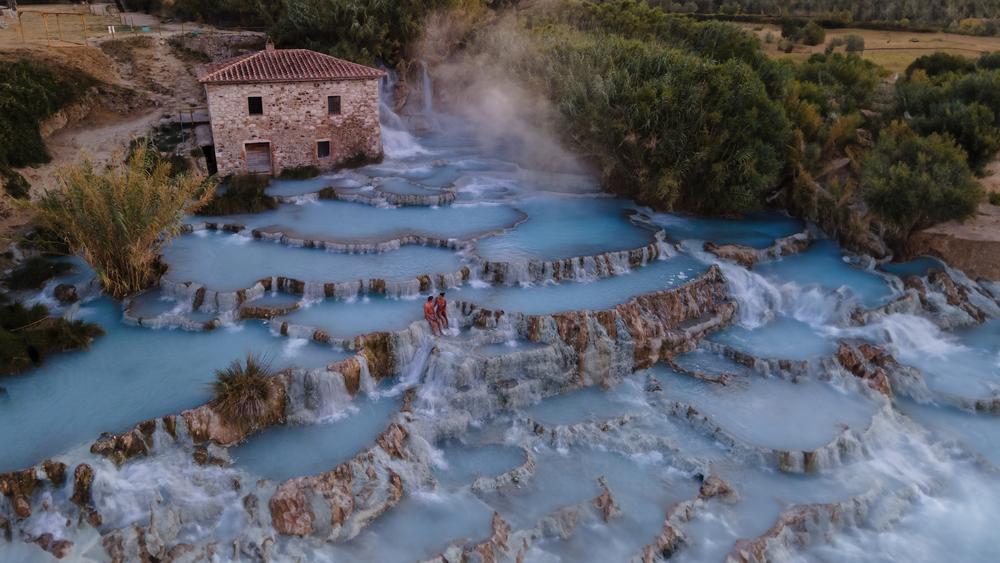
Minimally developed thermal springs like Idaho’s Bonneville Hot Springs or New Mexico’s San Antonio Hot Springs combine physical restoration with natural settings conducive to reflection. These locations often require sufficient effort to reach that casual visitors are discouraged, ensuring relative solitude.
The mineral content of specific springs creates subtle biochemical support for emotional processing, while temperature contrasts between water and air heighten sensory awareness. The traditional use of these sites for healing across diverse cultures connects personal healing to universal human experiences.
Like Travel Pug’s content? Follow us on MSN.
University Rare Book Rooms

Special collections reading rooms like those at Oxford’s Bodleian Library or Yale’s Beinecke Rare Book Library provide environments combining intellectual stimulation with contemplative quiet. These spaces maintain traditions of focused attention that are increasingly uncommon in today’s fast-paced society.
The physical presence of texts that have survived centuries creates a perspective on current transitions within longer timeframes. The requirement to engage with materials according to established protocols creates a beneficial structure during otherwise unstructured transitional periods.
Ancient Trees

Old-growth forests containing individual trees of extraordinary age, like California’s Ancient Bristlecone Pine Forest or Yakushima cedar groves, provide a living context for human timescales. Standing beside organisms that have survived for millennia—through countless seasons, fires, storms, and climate shifts—creates an immediate perspective on personal transitions.
The distinctive quality of light filtered through ancient canopies creates environments visually unlike everyday settings. These locations often require moderate hiking, creating a natural transition between normal thought patterns and reflective awareness.
Barrier Island Wildlife Refuges
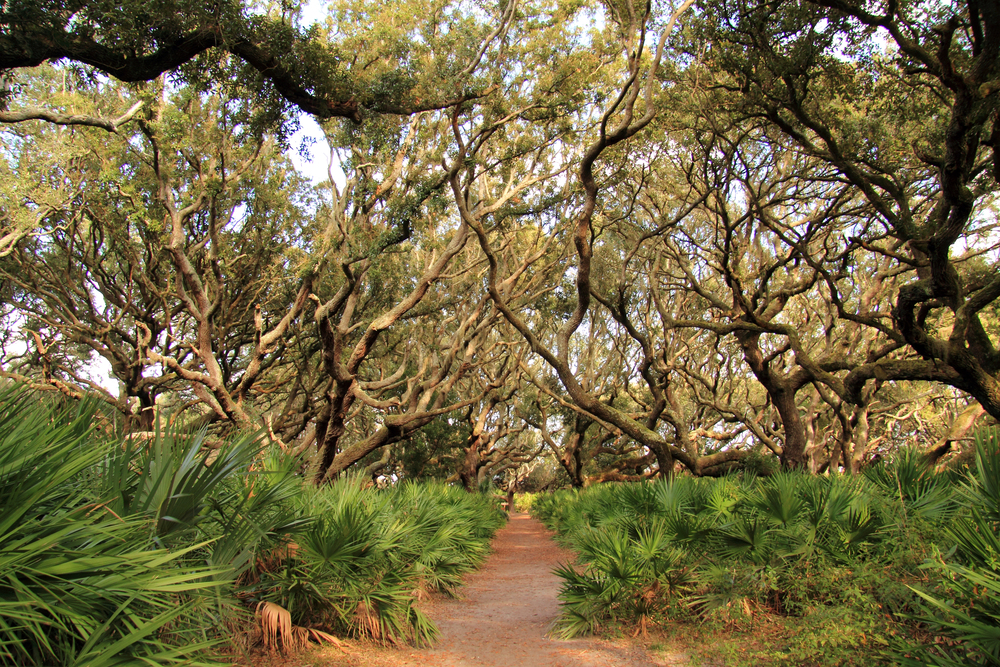
Protected coastal areas like Georgia’s Cumberland Island or North Carolina’s Cape Lookout National Seashore combine dynamic ecosystems with limited human presence. These environments where land meets sea create natural metaphors for transitions between life phases.
The visible evidence of constant environmental change through tidal action reinforces the understanding of impermanence as natural rather than catastrophic. Limited accommodations and transportation options ensure sufficient separation from everyday demands to allow deeper reflection.
Like Travel Pug’s content? Follow us on MSN.
Mountain Huts
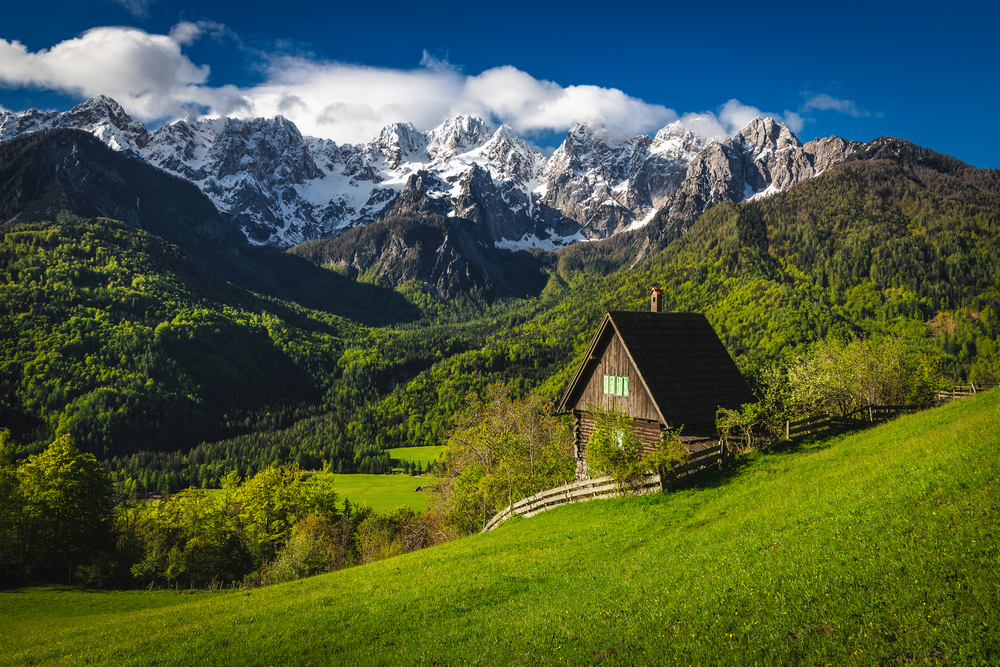
Alpine shelters accessible through moderate hiking, like New Zealand’s backcountry huts or Switzerland’s mountain refuges, provide environments combining physical challenge with contemplative reward. These structures positioned between valleys and summits create natural spaces for transitions between life chapters.
The effort required to reach these locations ensures that arrival brings genuine separation from previous patterns. The spare accommodations focus attention on essential experiences, while dramatic landscapes provide perspective on individual concerns.
Desert Retreat Centers

Facilities established specifically for contemplative practice in arid landscapes, like New Mexico’s Ghost Ranch or Arizona’s Sedona retreat centers, utilize the clarifying qualities of desert environments. These locations combine expansive horizons with stripped-down visual complexity that reduces mental distraction.
The dramatic temperature variations between day and night create natural rhythms for alternating between active reflection and integrative rest. The geological time scale visible in desert formations provides perspective on human-scale transitions.
Island Monasteries

Religious communities established on islands like Scotland’s Iona Abbey or Mont Saint-Michel in France combine geographic isolation with contemplative tradition. These locations require intentional journeys involving multiple forms of transportation, creating natural separation from previous patterns.
The visible horizon surrounding these sites in all directions creates environments conducive to expanded perspective. The centuries of continuous contemplative practice maintained in these locations connect individual reflection to enduring human traditions.
Like Travel Pug’s content? Follow us on MSN.
Forest Bathing Paths
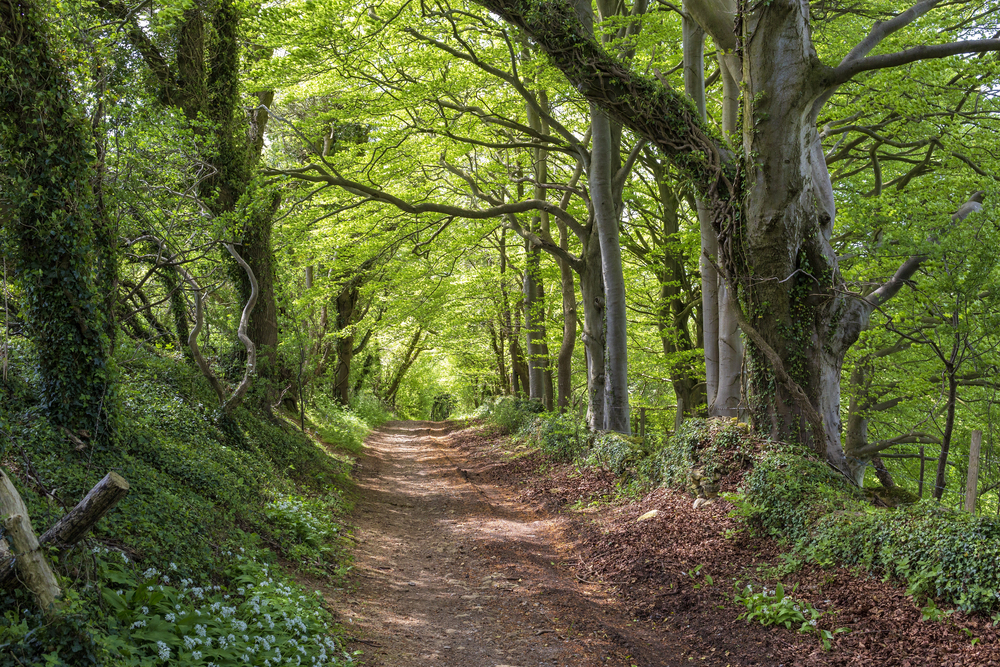
Dedicated shinrin-yoku trails like those in Japan’s Akasawa Natural Recreation Forest or California’s Armstrong Redwoods State Natural Reserve utilize specific forest compositions known to reduce cortisol levels. These environments combine research-supported stress reduction with minimally structured walking experiences.
The sensory immersion in forest atmospheres—specifically the combination of filtered light, phytoncide aromatics, and ambient sound—creates conditions particularly suited for processing emotional content after major transitions. The absence of specific destinations supports present-moment awareness rather than goal-oriented thinking.
Museum Meditation Rooms

Dedicated contemplative spaces within cultural institutions like the Rothko Chapel in Houston or the Islamic galleries at New York’s Metropolitan Museum create environments combining aesthetic richness with permission for extended stillness. These spaces maintain traditions of reflective engagement with beauty as a means for processing complex experiences.
The curatorial attention to light, sound, and spatial arrangement creates conditions specifically suited for meaningful reflection. The public yet respectful nature of these environments provides a balance between isolation and community during transitional periods.
Working Farmstays
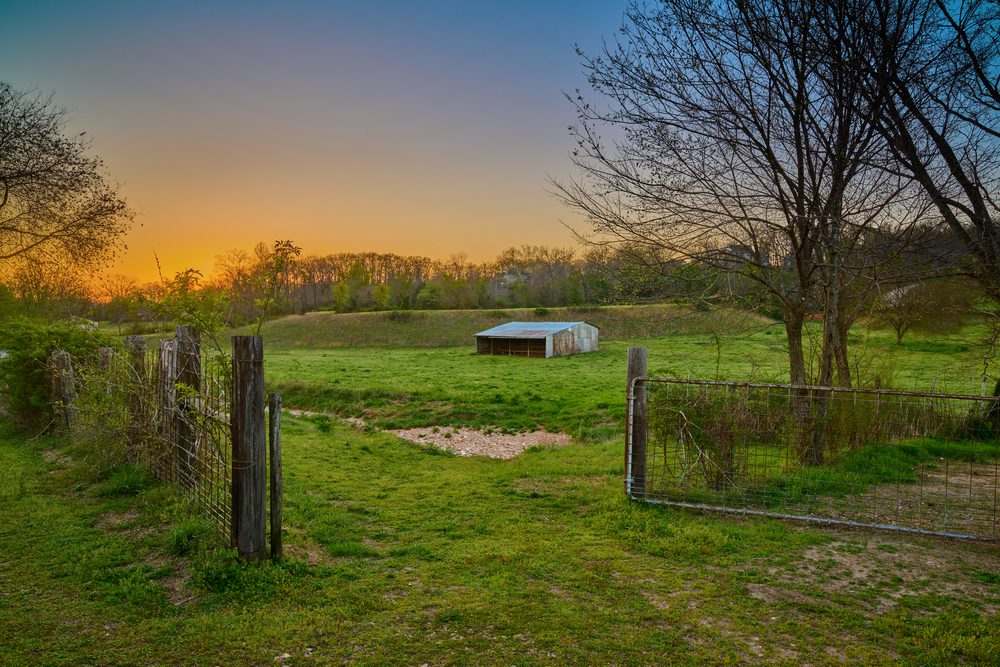
Agricultural properties offering residential experiences like Italy’s agriturismi or New Zealand’s farm stays combine meaningful physical activity with natural rhythms that contextualize human transitions. These environments provide an immediate connection to fundamental life processes through participation in planting, tending, and harvesting.
The visibility of seasonal cycles creates frameworks for understanding personal transitions as natural rather than aberrant. The combination of private accommodation with communal meals creates balanced opportunities for reflection and connection.
Like Travel Pug’s content? Follow us on MSN.
Backcountry Fire Towers

Isolated observation structures like those maintained by the U.S. Forest Service for overnight stays combine elevated perspective with genuine solitude. These locations—often requiring significant hiking with supplies—ensure complete separation from previous environments associated with life chapters now ending.
The 360-degree views naturally expand thinking beyond immediate concerns, while basic accommodations focus attention on essential experiences. The changing light conditions throughout the day and night create a natural progression through different modes of reflection.
Garden Cemeteries
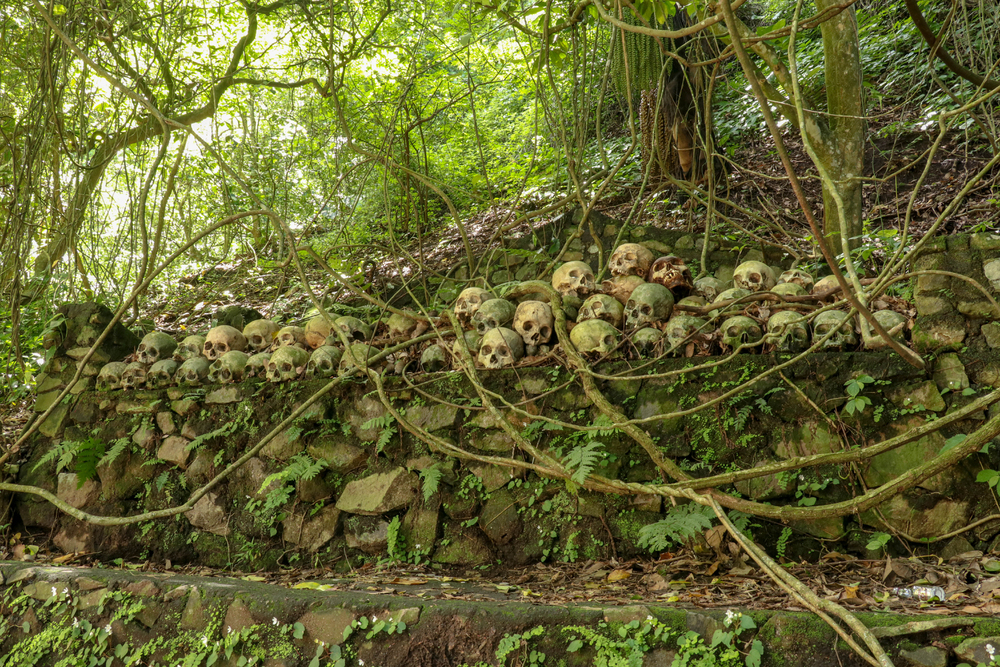
Historic landscaped burial grounds like Mount Auburn in Cambridge or Highgate Cemetery in London combine natural beauty with explicit reminders of life’s temporality. These environments specifically designed for contemplating mortality provide a natural context for processing other significant endings.
The combination of cultivated plant collections with memorial architecture creates settings that acknowledge both loss and continuity. The traditional use of these spaces for walking meditation across cultures supports meandering reflection rather than linear problem-solving.
Traditional Fishing Villages
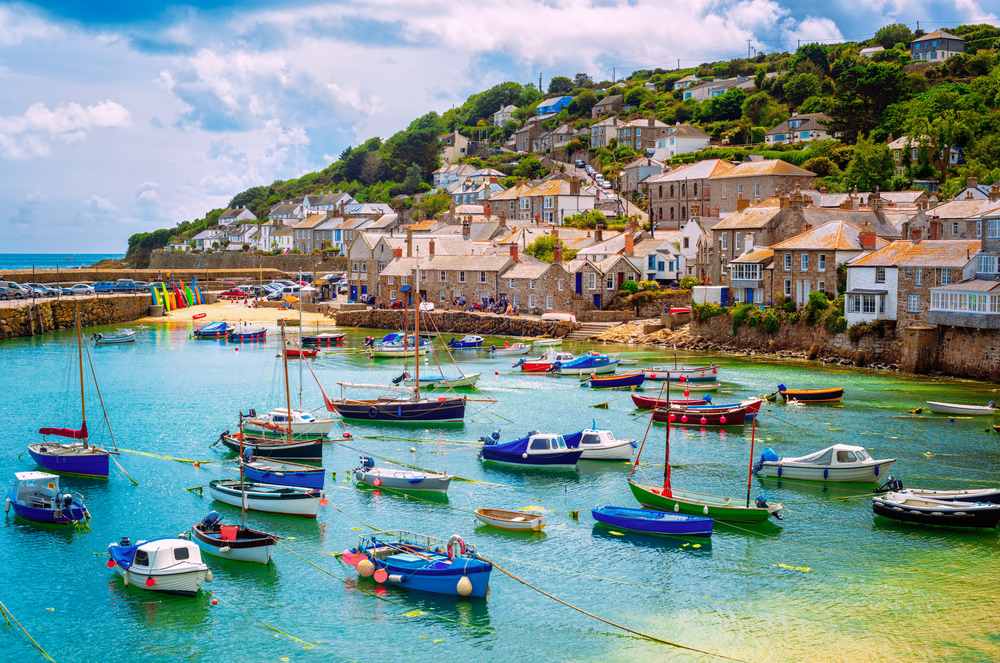
Working coastal communities like Cornwall’s harbor towns or Maine’s island communities provide environments where daily life remains visibly connected to natural rhythms beyond human control. These locations combine maritime tradition with contemporary adaptation in ways that highlight resilience rather than resistance to change.
The constant presence of tidal patterns creates natural metaphors for life’s ebbs and flows. The working nature of these communities provides opportunities for meaningful conversation outside of usual social contexts when personal interaction feels appropriate.
University Campus Chapels

Multi-faith contemplative spaces like Princeton’s Chapel or Stanford’s Memorial Church provide environments combining architectural inspiration with explicit permission for reflection regardless of religious affiliation. These buildings, specifically designed for contemplative experience, maintain traditions of quiet reflection increasingly rare in contemporary settings.
The institutional commitment to maintaining these spaces despite economic pressures reflects the cultural valuing of contemplative practice. The academic context connects personal reflection to broader traditions of human meaning-making across generations.
Like Travel Pug’s content? Follow us on MSN.
Wild Swimming Locations

Traditional bathing spots in natural waters like Sweden’s archipelago swimming points or Scotland’s fairy pools combine physical immersion with natural beauty conducive to reflection. These locations offer embodied experiences that complement and ground the mental processing of transitions.
The temperature contrast between air and water creates immediate physiological responses that interrupt circular thinking patterns. The traditional use of these sites across generations connects personal renewal to enduring human practices of cleansing and beginning again.
Personal Sanctuaries

The most effective reflection environments combine elements resonant with individual history, sensory preferences, and current needs. For some, the perfect reflection spot might be a childhood vacation location revisited with an adult perspective; for others, an entirely new setting without previous associations.
The physical journey to these places often serves as a transitional ritual between life chapters, with the return journey equally significant as a reintegration pathway. What these diverse environments share is their capacity to hold space for the essential human work of making meaning from major life transitions—work that requires temporary sanctuary from everyday demands and perspectives.
More from Travel Pug

- Cities Growing so Fast You Won’t Recognize Them in 10 Years
- 13 Destinations Where Tourists Regularly Regret Their Trip
- 20 Obscure WWII Sites Even History Buffs Don’t Know About
- 10 Under-the-Radar Mountain Towns That Are Both Affordable and Beautiful
- Remote Villages in Europe Where You Can Live for Free in Exchange for Work
Like Travel Pug’s content? Follow us on MSN.
